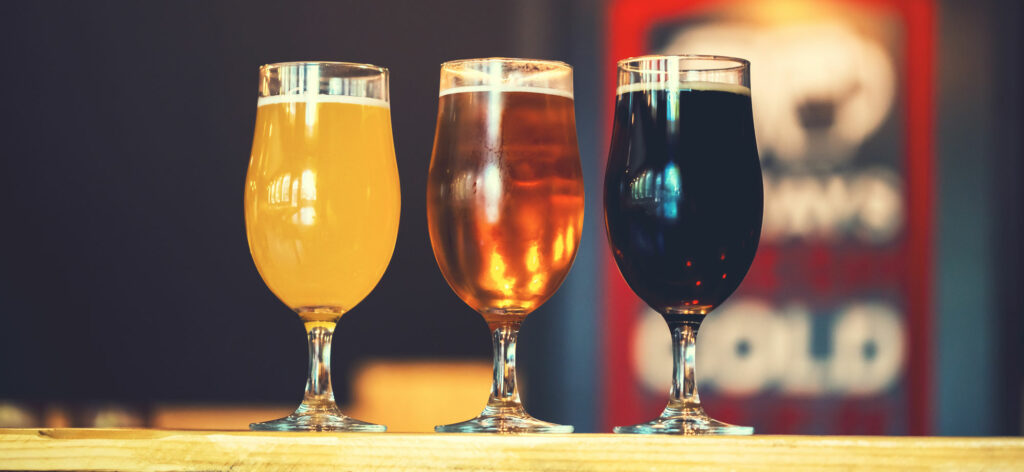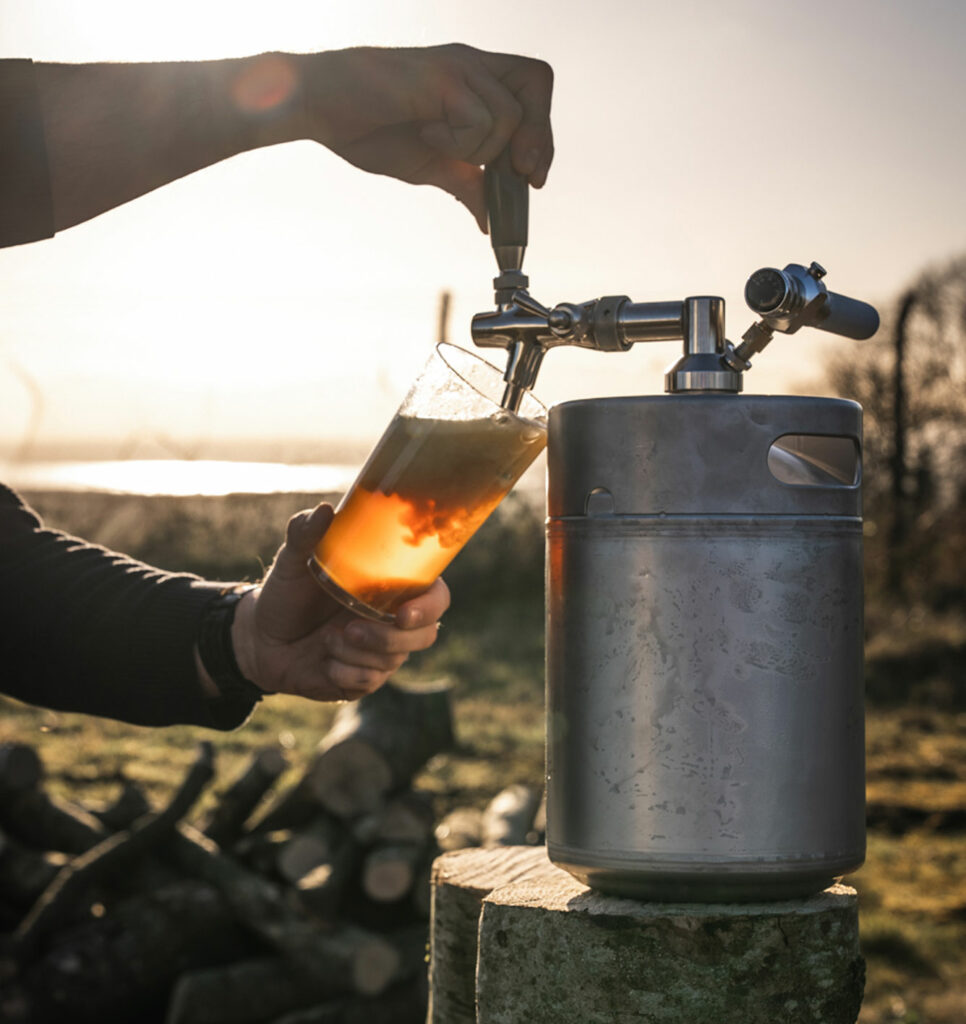The evolution of the IPA (India Pale Ale) has been interesting, to say the least, and it certainly remains on trend with the current trend for modern hazy IPA’s. The brewing community is no different to other walks of life in that everything comes around in full circles and I would suggest that we will see more brewers looking to brew traditional IPA’s again in the not so distant future. So what IPA to brew next?

IPA has been around since the 1800s and was a very popular brew by 1815.
The ale got its name during the British colonial era. India was too hot and humid to brew a good beer, yet British sailors still wanted their golden ales. They needed a beer that would survive the trip from Britain to India, which took a few months. Brewers decided to make a heavily hopped beer, as hops are a preservative. This worked perfectly and the India Pale Ale was born.
This new style spread quickly throughout the world. There are now quite a few variants of IPA, all with unique characteristics.
What IPA Variations do we have?
Double IPA – Imperial IPA
This usually refers to the style using double the amount of hops as you would in a normal IPA. It is also commonly accepted that it will be of a significantly higher alcohol level. A commercial example would be Pliny the Elder DIPA first brewed in 2001, we recently did a YouTube video brewing this as a clone if you are interested in trying the style yourself. When brewing a double IPA you want to ensure that the malt bill isn’t complicated so that it really allows the hops to shine. We would suggest that you layer hops throughout the brewing process to get maximum hop flavour and bitterness. You’re aiming to be in the region of 100 IBU’s for this style. Using dextrose will allow you to increase the alcohol content and dry the beer out to allow the hops to shine, a clean neutral ale yeast is also recommended for a healthy fermentation.
Black IPA
This is usually aimed to look black but tastes like a pale ale. Too much use of black malt will result in a hoppy porter as opposed to a Black IPA. We recommend de-husked roasted malt from Dingmans or Carafa Special de-husked malt from Weyermann to achieve the colour without the bitter astringent notes from the malt. You are wanting to achieve hints of roasted flavours but the hops need to shine through that.
Belgian IPA
Belgian brewers don’t tend to use a lot of hops, they focus more on malt character. However, you can take the journey and brew a strong golden Belgian ale and increase the hopping rates or take a DIPA recipe and ferment with a Belgian yeast strain. Be aware that not all American hops will pair well with the phenolics from a Belgian yeast strain. Duvel Tripel Hop for example uses Saaz, Styrian Goldings & Amarillo.
Session IPA
I think this style is going to grow in popularity in the future. The challenge in creating a good session IPA is ensuring that you have enough body and also being aware that alcohol can carry hop flavours well. When brewed on a reduced alcohol volume; hops will not shine in the same way, so ensure you are adding healthy hopping rates. Using a higher mash temperature to create more body will be helpful and a grist containing some light Munich or Vienna.

Triple IPA
So if a double IPA is double the amount of an ordinary IPA it seems like madness to brew a Tripel IPA. It is an intensely hopped beer with multiple dry hopping processes. This style is often 10% plus in terms of abv and has many independent craft breweries using the full catalogue of advanced hop products to achieve that intense hop flavour.
White IPA
If you enjoy the Belgian Wit style you’ll love white IPA’s. The esters from a Belgian wit strain tend to pair well with botanical and spice additions like orange peel and coriander, hopped with citrus-forward varieties to create an IPA variation growing in popularity.
West Coast IPA
I did state earlier that all things come in cycles, if you wait long enough I can see that this style is coming back into popularity again. That clean level of high bitterness is a bright beer format usually brewed with few malts and lots of hops to create that resiny, citrusy & piney profile so renowned for this style.
NEIPA – Modern Pale Ale
The haze craze still seems to be on-trend and many local brewers are making NEIPA (New England Indian Pale Ale), they tend to have a softer mouthfeel and show the juicer side of hops
Milkshake IPA
A milkshake IPA is a substyle of the NEIPA. The main ingredient that sets it apart from other substyles is lactose.
Other substyles of NEIPAS are Slushy and Smoothie; which all include loads of fruit additions, unfermentable sugars or adjuncts. These have all become increasingly popular with people wanting to try something different.